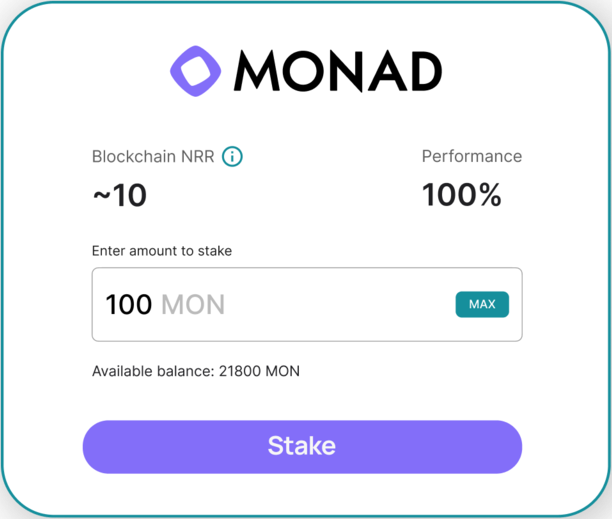Why we joined Stargaze
Stargaze needs little introduction, it is setting the pace for NFT marketplaces in the Cosmos ecosystem. Stargaze is a network that has built an NFT marketplace from the ground up, including designing a new NFT standard (via a module) for the Cosmos SDK ecosystem that will eventually be interoperable across IBC. What’s unique about Stargaze versus other NFT marketplaces is the fact that the same currency (STARS) will be used to bid and sell as well as to secure the underlying network, which creates entirely novel economics that have not previously been seen before.
It is unlikely Stargaze will host NFTs that mimic other ecosystems such as Ethereum. Users can expect totally new collections to drop on Stargaze that combine elements that might be too computationally expensive to use in other networks. In fact, Stargaze solves many existing problems in NFT marketplaces that exist today. We have previously released a whole article on the different types of problems that Stargaze solves, such as centralised curation, bad security, difficult workflows, limited flexibility, high fees, scams, intransparency of contracts & royalty restrictions, which can be read here. In general, what makes Stargaze a powerful proposition is its unparalleled security, decentralisation, transparency and flexibility. Users, creators and curators will be able to maneuver NFTs like never before in Stargaze as it brings in a new level of fairness and fun to the Cosmos NFT ecosystem.
Stargaze launched Mainnet Phase 0 on October 30th 2021, launching the network with 0% initial inflation. Stargaze Mainnet Phase 1 occurred between December 16 — December 18 2021 to offer early adopters the chance to purchase STARS in Osmosis via a Liquidity Bootstrapping Pool (LBP). Our Research Analyst, Xavier Meegan, described the economics of LBPs to educate those in the Cosmos ecosystem about the benefits of LBPs, which can also be consumed for Cosmos LBP events in the future. The construction of the STARS / OSMO LBP was a first-of-its-kind, as Stargaze proposed to borrow OSMO to kickstart the initial STARS / OSMO pool weights. The borrowed OSMO was returned at the end of the LBP when STARS / OSMO weights hit 50/50 and STARS achieved price discovery. Stargaze Phase 2 was completed on Jan 1 2022 when it successfully started minting new STARS after the passing of governance proposal #2 to activate inflation for the network. As a part of Stargaze’s Mainnet Phase 3, Stargaze announced 25% of their token supply will be ‘fairdropped’ to ATOM and OSMO stakers + to Stargaze validator delegators on Cosmos, Osmosis & Regen as a part of their Mainnet Phase 3. By the conclusion of Stargaze Mainnet Phase 3, the fairdrop would have been completed and the Stargaze NFT marketplace fully-live ready for anyone to trade on.
We’re excited to be able to contribute to securing Stargaze to propel a new era for NFTs in the Cosmos ecosystem. Stargaze is unleashing unmatched economic freedom for creators, stellar incentives for curators and superior security for NFT traders and we look forward to contributing to its future success.
About Staking on Stargaze:
Stargaze is built using Cosmos SDK. Users can delegate their STARS to Chorus One using a wallet, such as Keplr.
Validating Rights: The weight of validators is determined by the amount of staking tokens (STARS) bonded and/or delegated as collateral.
STARS Inflation: 35% in year 1, issuance is reduced by 1/3rd every year after that
Reward Rate: Rewards from staking STARS will vary depending on the inflation and total amount of tokens that are staked at a given time. As of time of writing, the APR is ~120%. Learn more about the details of staking reward rates for chains built using Cosmos SDK here.
Chorus Commission: 5%
Withdrawal Delay: After withdrawing, your staked funds will only become accessible after the unbonding period (usually 21 days) has passed.
Slashing: You can get slashed (loss funds) in case the validator you are delegated to commits an offense. Make sure to do due diligence to minimize this risk.
Re-Staking: You need to withdraw rewards and re-stake them with some frequency if you want to make use of compounding returns.




